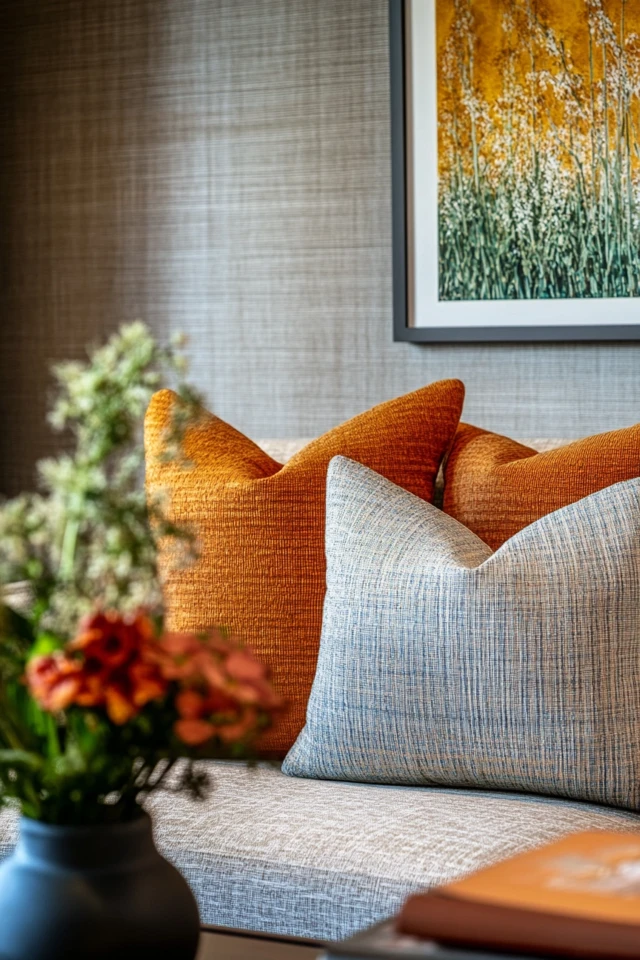Introduction
A well-designed room doesn’t just look good—it feels good. The secret? Visual flow. This often-overlooked aspect of interior design is what makes a space feel cohesive, balanced, and easy to navigate. Visual flow is all about guiding the eye seamlessly through a room, ensuring every element feels intentional and connected. But achieving it requires more than just matching colors or choosing stylish furniture.
I remember the first time I walked into a friend’s beautifully designed home. Despite the mix of styles and colors, everything felt perfectly in place, as if each piece naturally belonged. My own living room, on the other hand, felt chaotic despite my efforts to make it stylish. That experience set me on a journey to understand visual flow. After experimenting with layouts, adjusting furniture placement, and balancing colors and patterns, I finally cracked the code—and the transformation was astounding.
Visual flow doesn’t just make a room more aesthetically pleasing; it makes it more functional and inviting. Whether you’re designing a new space or refreshing an existing one, mastering visual flow can turn any room into a harmonious retreat. In this guide, we’ll explore the transformative tips that can help you enhance your room’s visual flow and create a space that feels as good as it looks.
Why Visual Flow is Essential for Your Space
Visual flow is the glue that ties a room together, ensuring every element works in harmony. It’s what makes a space feel thoughtfully designed, rather than pieced together. Here’s why it’s so important:
- Creates Harmony: By guiding the eye smoothly across a room, visual flow ensures a cohesive look where no single element feels out of place. This harmony makes a space feel calming and well-balanced.
- Maximizes Functionality: A room with good flow is not only visually appealing but also practical. Furniture placement, pathways, and sightlines all work together to make the space easy to navigate and use.
- Enhances Aesthetic Appeal: A room with strong visual flow feels polished and intentional, making it instantly more attractive to you and your guests.
- Reduces Visual Clutter: Visual flow helps eliminate design chaos, creating a space that feels open, organized, and easy on the eyes.
Whether you’re starting from scratch or refreshing an existing room, focusing on visual flow can dramatically elevate your space.
Why These Tips Work Together
The secret to achieving visual flow lies in how various elements of a room interact. When used together, these design principles guide the eye and create a sense of balance:
- Consistent Color Palette: Repeating colors across walls, furniture, and decor ties everything together, creating continuity.
- Proportional Furniture Placement: Placing furniture in a way that balances size and scale ensures no area feels overcrowded or underwhelming.
- Strategic Focal Points: Establishing key areas of focus—like a fireplace, a piece of artwork, or a bold piece of furniture—grounds the design and gives the eye a natural starting point.
- Balanced Patterns and Textures: Combining different materials and patterns adds depth while maintaining harmony. For instance, pairing a smooth leather sofa with a textured rug adds interest without overwhelming the space.
- Lighting as a Guide: Layered lighting, like overhead fixtures, table lamps, and accent lighting, helps create zones while subtly directing the eye.
When these principles are applied, they work in tandem to create a cohesive design that feels effortless yet intentional.
How to Enhance Visual Flow: Step-by-Step
1. Define the Purpose of the Space
- Start by identifying how you want to use the room. Is it a relaxing retreat, an entertaining hub, or a functional workspace? The purpose will guide your design choices.
- Arrange furniture and decor to complement the room’s primary function. For example, in a living room, orient seating around a central feature like a fireplace or TV.
2. Choose a Cohesive Color Palette
- Pick a base color and 2-3 complementary shades to create consistency. Neutral tones often work best as a foundation, while bold accents can add personality.
- Repeat your chosen colors throughout the room via furniture, decor, and textiles to establish visual unity.
3. Anchor the Room with Focal Points
- Identify 1-2 key features in the room, such as a statement piece of art, an eye-catching light fixture, or a bold area rug.
- Arrange surrounding elements to subtly draw attention to these focal points.
4. Balance Furniture and Space
- Ensure furniture is proportional to the size of the room. In smaller spaces, opt for compact, multifunctional pieces.
- Leave enough negative space (empty areas) to allow the eye to rest and the room to feel open.
5. Create Pathways
- Arrange furniture to allow clear, unobstructed pathways through the room. This is especially important in high-traffic areas.
- Use rugs or lighting to subtly define pathways without disrupting the room’s flow.
6. Layer Lighting Strategically
- Use a combination of lighting types to create zones. Overhead lights illuminate the entire room, while table lamps or wall sconces highlight specific areas.
- Accent lighting, like LED strips or picture lights, can guide the eye toward key features.
7. Incorporate Repetition
- Repeat patterns, materials, or shapes throughout the room to create visual rhythm. For instance, if your coffee table has a round shape, echo that with round mirrors or circular decor pieces.
8. Play with Scale and Proportion
- Mix large and small items to keep the space dynamic. For example, balance a large sectional sofa with a sleek coffee table and smaller side tables.
- Avoid overcrowding by ensuring every item has its own “breathing room.”
9. Keep Clutter at Bay
- A cluttered space disrupts visual flow. Use smart storage solutions to keep surfaces clean and organized.
- Display only a few key decor items at a time, rotating them seasonally for variety.
10. Test and Adjust
- Take a step back and evaluate the overall balance of the room. Are there areas that feel too heavy or too sparse?
- Experiment with moving furniture, decor, or lighting until the space feels just right.
Picture Gallery
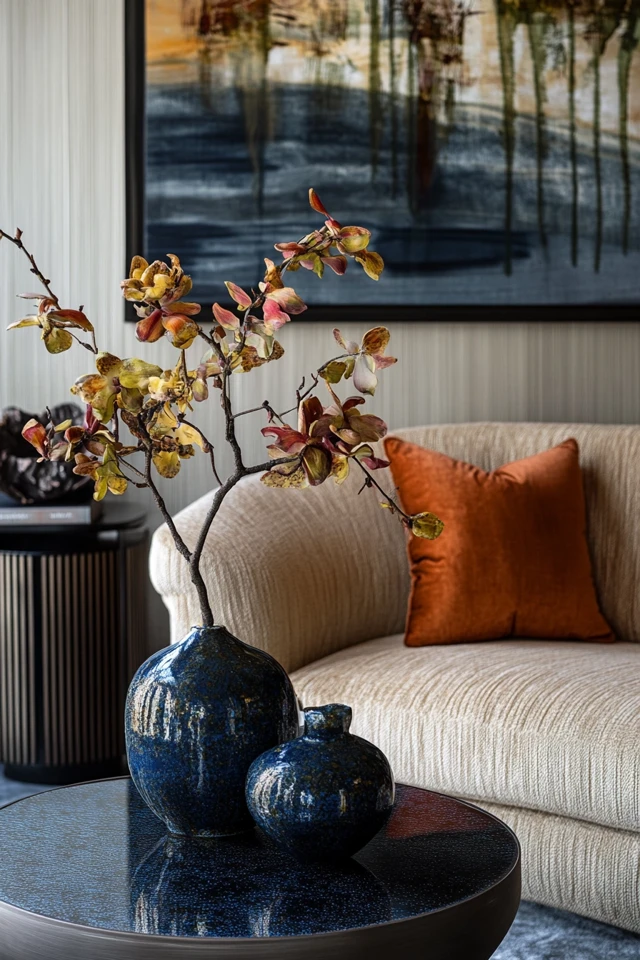
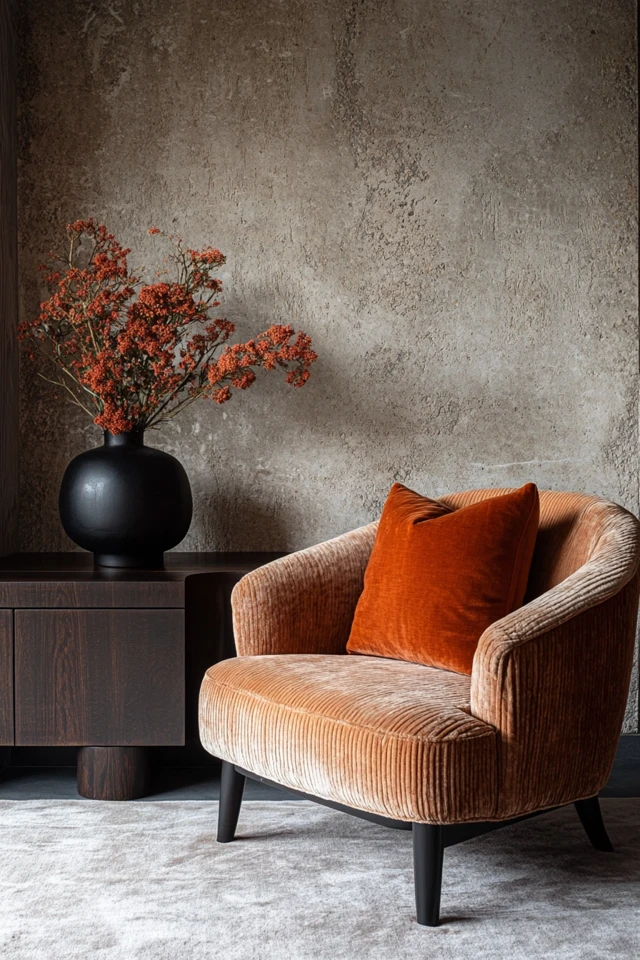
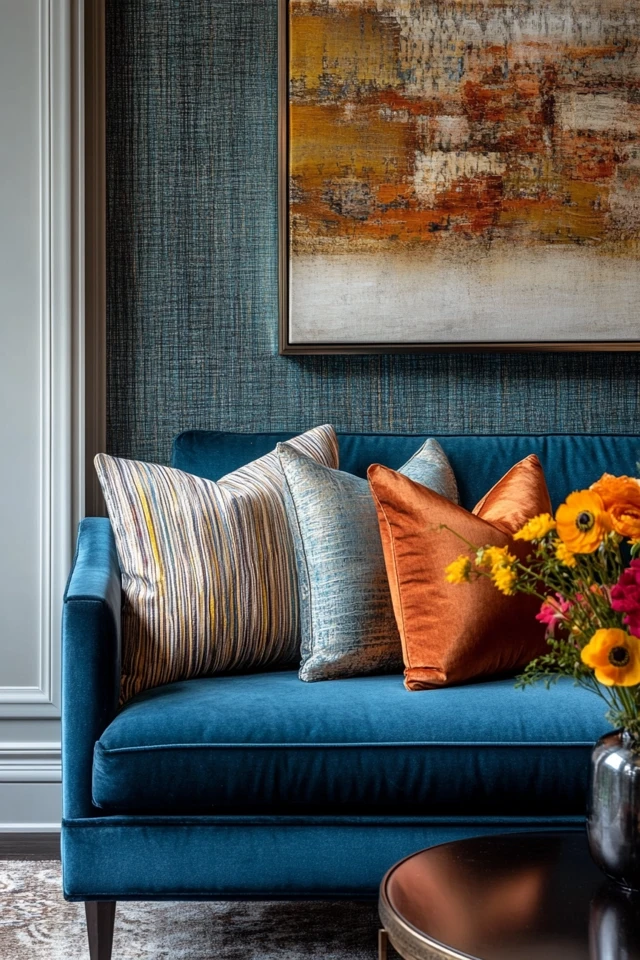
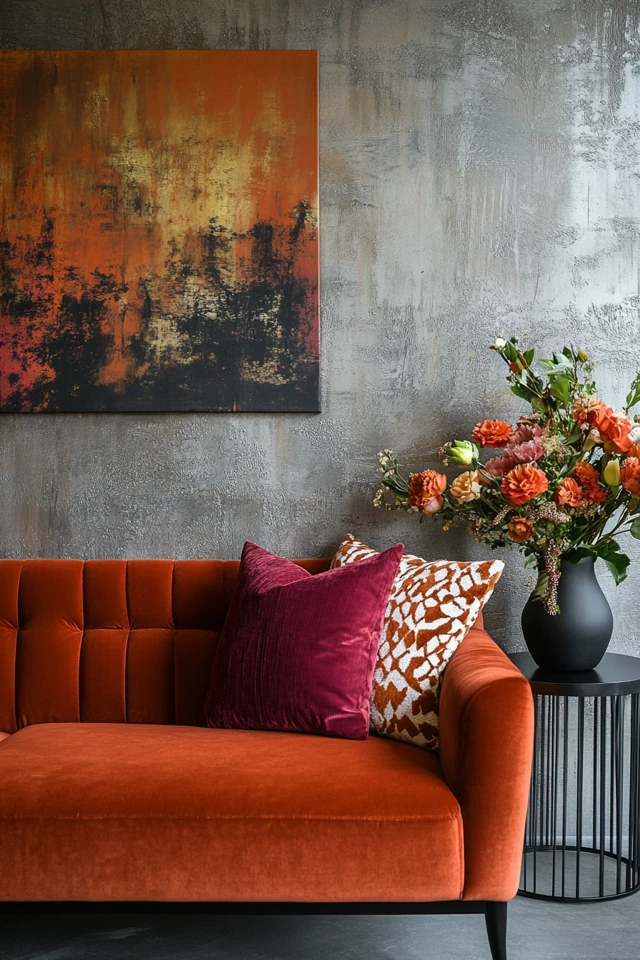
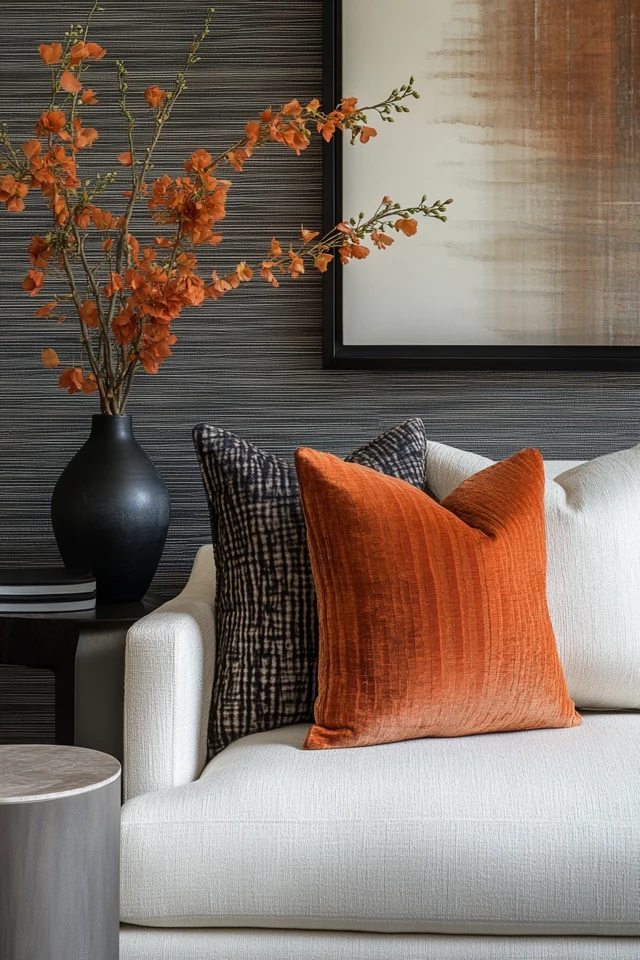

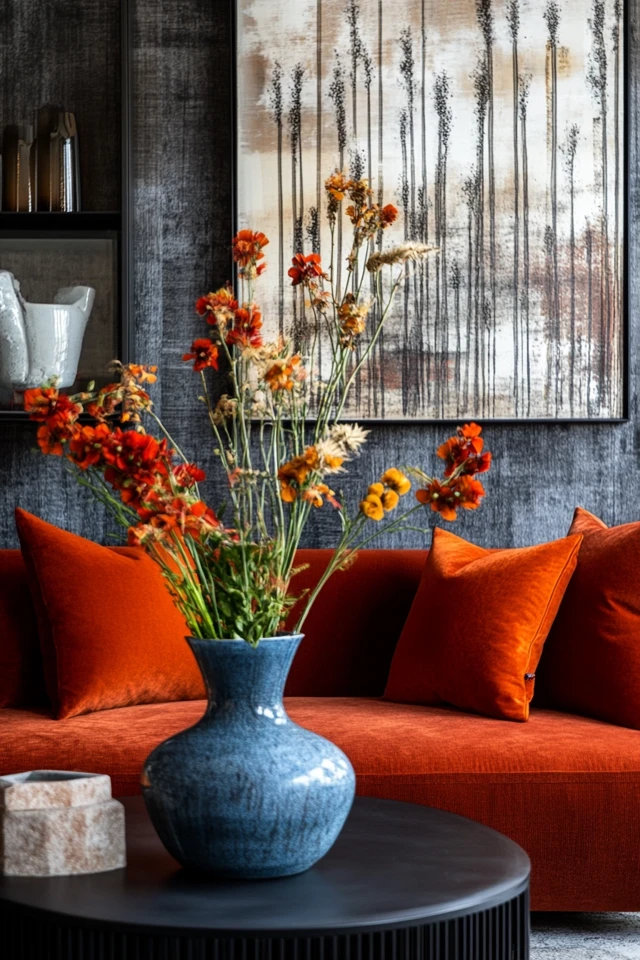
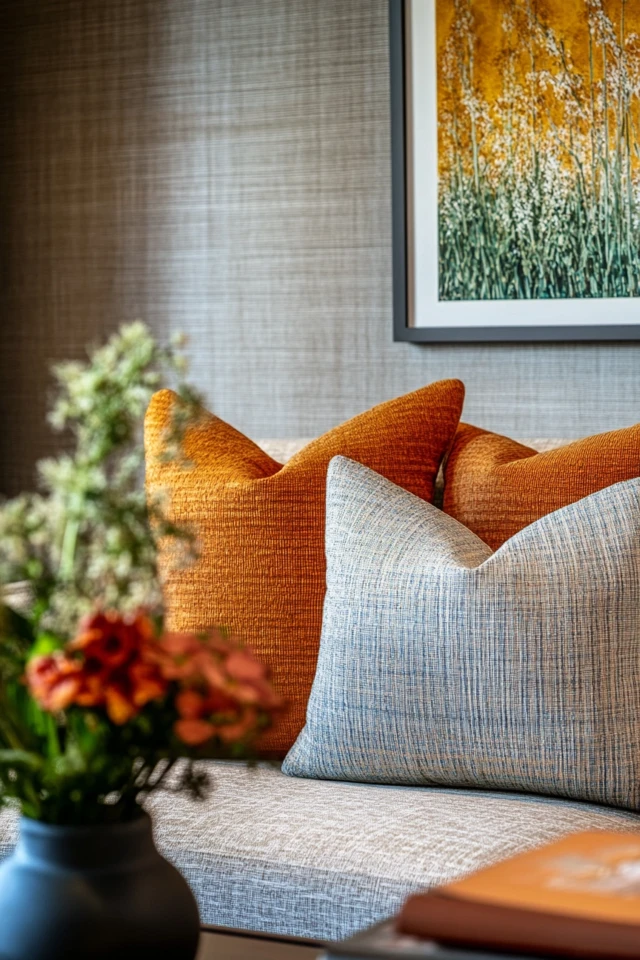
FAQ Section
1. What’s the most common mistake that disrupts visual flow?
Overcrowding the space. Too much furniture or decor can make a room feel chaotic. Stick to the essentials and prioritize balance.
2. Can I achieve good visual flow in a small room?
Yes! Use lighter colors, multifunctional furniture, and smart lighting to create the illusion of space and maintain flow.
3. How do I choose the right focal point?
Consider the room’s layout and purpose. A natural focal point might be a fireplace, a large window with a view, or a bold piece of art.
4. What’s the role of negative space in visual flow?
Negative space (empty areas) prevents the room from feeling cluttered and allows the eye to rest. It’s essential for creating balance.
5. How often should I update the visual flow of a room?
It depends on your needs. Refresh the space whenever your tastes change, or seasonally by swapping out decor and accents.
Variations
- Minimalist Flow: Stick to a monochromatic palette, streamlined furniture, and lots of negative space. This approach works best in small spaces or for those who love simplicity.
- Maximalist Flow: Incorporate bold colors, patterns, and textures while maintaining balance through repetition and cohesive color schemes.
- Eclectic Flow: Blend styles, mixing vintage and modern pieces. Use a neutral base to tie everything together and prevent clashing.
- Budget-Friendly Flow: Rearrange existing furniture, declutter, and use affordable decor like thrifted finds or DIY art to refresh the space.
How to Showcase It
- Seasonal Updates: Adjust the room’s flow with lighter fabrics and fresh flowers in spring, or cozy throws and warm lighting in winter.
- Special Events: Rearrange furniture to create more open pathways for parties or intimate seating arrangements for smaller gatherings.
- Everyday Use: Enhance flow for daily activities by ensuring furniture placement and lighting suit your routine.
- Photography Backdrops: Use the balanced design as a photo-ready setting for social media, family portraits, or creative projects.
Occasions to Feature It
- Housewarming Parties: Show off your impeccable design with a room that feels cohesive and welcoming.
- Holiday Gatherings: Impress guests with a space that’s stylish and functional, accommodating both decor and seating effortlessly.
- Everyday Serenity: Use strong visual flow to create a relaxing space that feels calm and organized.
Conclusion
Enhancing your room’s visual flow is a transformative design technique that blends beauty with functionality. By focusing on balance, repetition, and thoughtful placement, you can create a space that feels harmonious, inviting, and uniquely yours.
Don’t be afraid to experiment and make adjustments until the room truly reflects your vision. Whether you’re hosting friends, relaxing with family, or simply enjoying your home, strong visual flow ensures your space works for you—and looks amazing while doing it!

